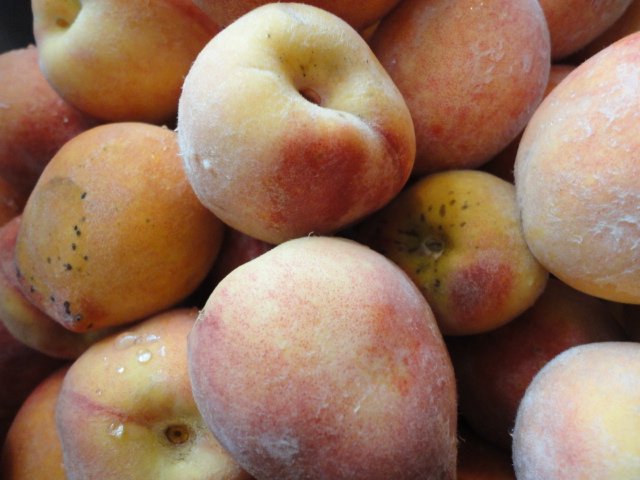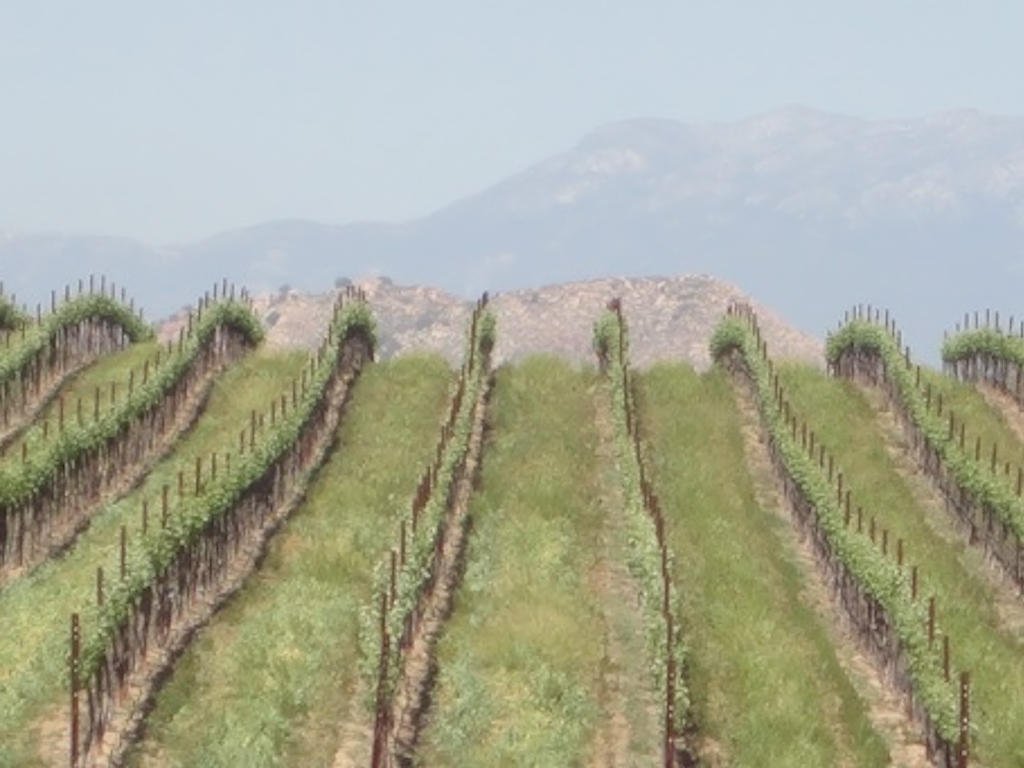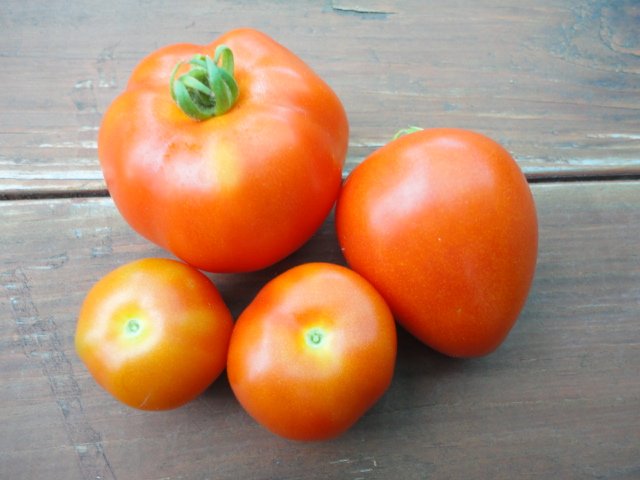Before being a Locavore was cool and consuming locally sourced food products was considered politically and environmentally correct, there was a time in American culture where harvesting fruit from your own fruit trees, picking fruit from an orchard or growing your own vegetables in a victory / backyard garden was considered the norm and not the exception. Although I do not have a large back yard in Katy, TX, I do try and grow vegetables year round. As for fruit trees, I grow figs and grapes, but do not have enough room for a citrus tree. What I do enjoy is to go and pick fruit as they come into season. There is something very satisfying about picking fruit at a local “pick your own” orchard or through the generosity of friends who own a large tract of land with numerous fruit trees.
I remember waking up earlier than usual on select May – August weekend mornings as a child in Delaware to go and pick Strawberry, Blueberry, Blackberry, Raspberry, Peach, Plum and Cherry in New Jersey, Maryland and Pennsylvania. I may not have had the fondest memories of waking up early, but I do remember that it was always a fun family activity and we almost always had breakfast at a diner which was a special treat. Although I do not remember picking apples, I do know that going to the local orchard in the autumn to purchase a bushel of Stayman apples was and still is an annual event.
Without doubt there are parts of the United States that are more prone and conducive to cultivating a wide range of fruits and vegetables that can be grown in one’s backyard or at a local orchard. It was not until a few years ago when I was firmly established in Katy, TX did I go on-line to see if and where there are any locations around Houston, TX where you can go and pick your own fruits or vegetables. I have found a few locations and have gone to pick Strawberries, Persimmons and Blackberries over the past few years. I really do enjoy going to these “pick your own” orchards. It is not about the price / pound for these businesses are rarely cheaper than the grocery stores, but it is about the ripeness and superior flavor of the fruit, the simple joy picking your fruit and the fun spent with family and friends in an outdoor activity that is simple where everyone participates and the means in which to support the local economy. There is no one single resource available that lists all of the “pick your own” orchards, fruit and vegetable farms available, but as always, the internet provides a great starting point. I have used the following website as a starting point in the past: PickYourOwn.Org.
In addition to a couple of locations located in the counties surrounding Houston, TX; friends of our own a tract of land north of the city. Nancy and Sam must have a dozen Peach trees in addition to Plum, Fig and Loquat trees. We recently went to their home for dinner and to pick to peaches that were ripe on the trees. We did not come even close to picking all of the peaches, but we did bring home the equivalent of twenty gallons of peaches. That is a lot of peaches. Aside from giving away some of the harvest, there was still in excess of twelve gallons of peaches. What does one do with that much fruit? Yesterday afternoon we peeled and diced seven gallons of peaches, yielding twenty-five cups of peach slices and juice. Eight cups were used to make Peach Jam yesterday afternoon and the remaining 17 cups of prepared Peaches being bagged and frozen. There is still five gallons of Peaches remaining to be processed. Some of these will be eaten fresh, other frozen whole and the bruised being, peeled and sliced. Aside from the jam that has been canned, there will be ice cream and sorbet to make, liqueur to steep, compote to be eaten and maybe even a peach pie to be baked.
Whether you pick a few pounds of fruits and vegetables to enjoy fresh or to go a little crazy and have to spend a little more time processing the fresh pickings, it is about having fun and experiencing an activity that was once considered normal and marked the passage of the seasons versus being an exception to everyday life. Fruits and vegetables ripen and are ready for picking for many months of the year, but the dates vary depending on what part of the country you live. The season for picking will last a couple of weeks and vary from year to year based upon the weather. It is best to check the locations website or call before going. Once you are on their mailing lists you will know when the fruit is ripening and be able to plan your excursion.


















